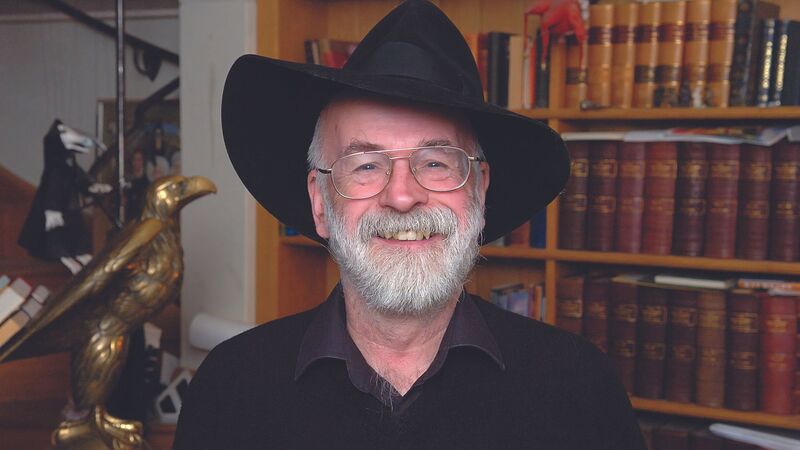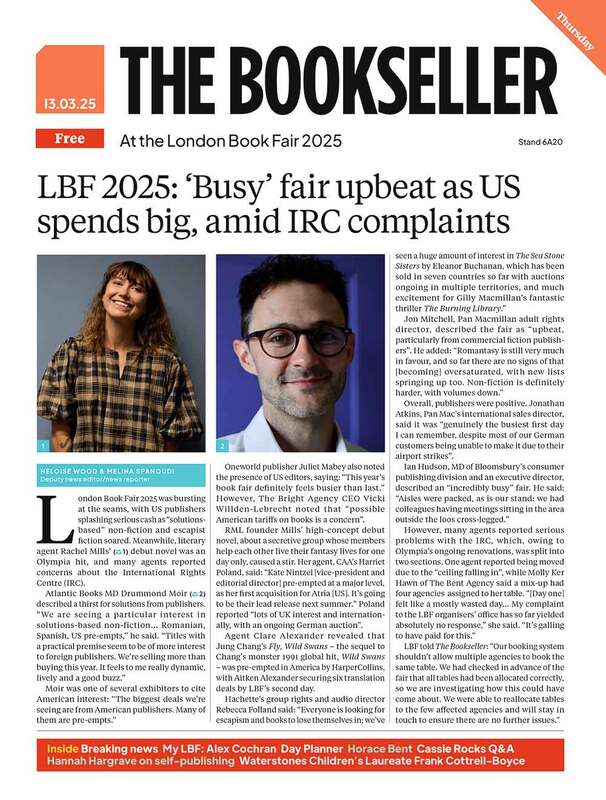You are viewing your 1 free article this month. Login to read more articles.
Speedy growth for Macmillan's Open Research
In the 10 months since its creation as an independent business unit, there has been “enormous” growth at the Open Research arm of Macmillan Science & Education’s Nature Publishing Group and Palgrave Macmillan, its m.d. Sam Burridge (pictured) has said.
The term Open Research encompasses both Open Access (OA) publishing and other areas of research connectivity, such as making data sets accessible and discoverable between researchers and different fields. It looks to be interdisciplinary, as Burridge explained: “The world’s problems will not be solved by working in silos, in specialised areas. Issues in climate change and mental health won’t be solved by a one-dimensional view, [they] need multiple angles.”
Macmillan Science & Education brought together a number of individual products and nascent strands from the wider business to form Open Research as a single unit.
Though the publisher declined to reveal figures, a marker of the unit’s growth can be seen in its staffing; Burridge hired 10 new employees this month, bringing the total number to 60. Open Research has “great ambitions”, she said, adding: “Open Access is very important in the company, from Stefan [von Holtzbrinck, Holtzbrinck chairman] down. It’s a focus business area . . . It’s so crucially important here at Macmillan Science & Education to help researchers and disseminators to accelerate the discovery of research. To fulfil that, we have to drive it forward, and with the Nature brand we are in a position to drive forward openness . . . There are so many doors that need to be opened. We are opening them as fast as we can in a business-sustainable way.”
Last month, Open Research made waves by taking the “decisive step” of turning its flagship journal Nature Communications—which is very selective regarding the research it publishes, accepting just 18% of papers submitted to it—to an Open Access model. From 2015, there will be no more subscriptions, and Open Research now employs an in–house author support team to help researchers work out whether they are eligible for Article Processing Charge (APC) funding. “As Nature, we need to take a clear stance [on the importance of OA],” said Burridge. However the OA conversion will not extend to NPG’s other flagship journal, Nature, because “it wouldn’t be sustainable. And there isn’t an accessibility problem, the subjects it covers are widely accessed—e.g. through libraries, on [BBC] Radio 4”.
A new online-only OA journal, Palgrave Communications, will launch next year, covering humanities and social sciences. Meanwhile Open Research continues to publish a handful of OA-funded humanities and social sciences (h.s.s) monographs.
“For humanities and social sciences it is hard to fund a high-value OA publication,” conceded Burridge. “The reality is that there is less funding. But research is crucially important, so we are making sure we keep progressing the discoverability of the h.s.s. disciplines. We are determined to push forward so that humanities and social sciences are visible [in Open Access].”
Among other programmes, Nature Partner Journals—a programme of OA subject specific journals, partnering with institutions—launched in May, with 12 journals out this year as part of a very fast-growing programme. Meanwhile on a different model, Scientific Reports—journals that ensure fast publication for researchers, using broader selection criteria, aiming simply for “sound science” rather than groundbreaking research—is also “growing very fast, with lots of hires” being made.
Burridge does not expect the pace of growth to slow in 2015. “We’ve achieved an incredible amount this year, but we can’t give up the pace because of the competitive environment we’re in . . . And the problems of the world aren’t getting any smaller.”
To what extent is the Open Research unit’s growth taking sales from the subscriptions business? “The reality is that subscription is very important, and will remain so. We are about offering choice. There will be areas in which Open Research will take revenue from other bits of the business, but the subscription business is alive and kicking.”




















